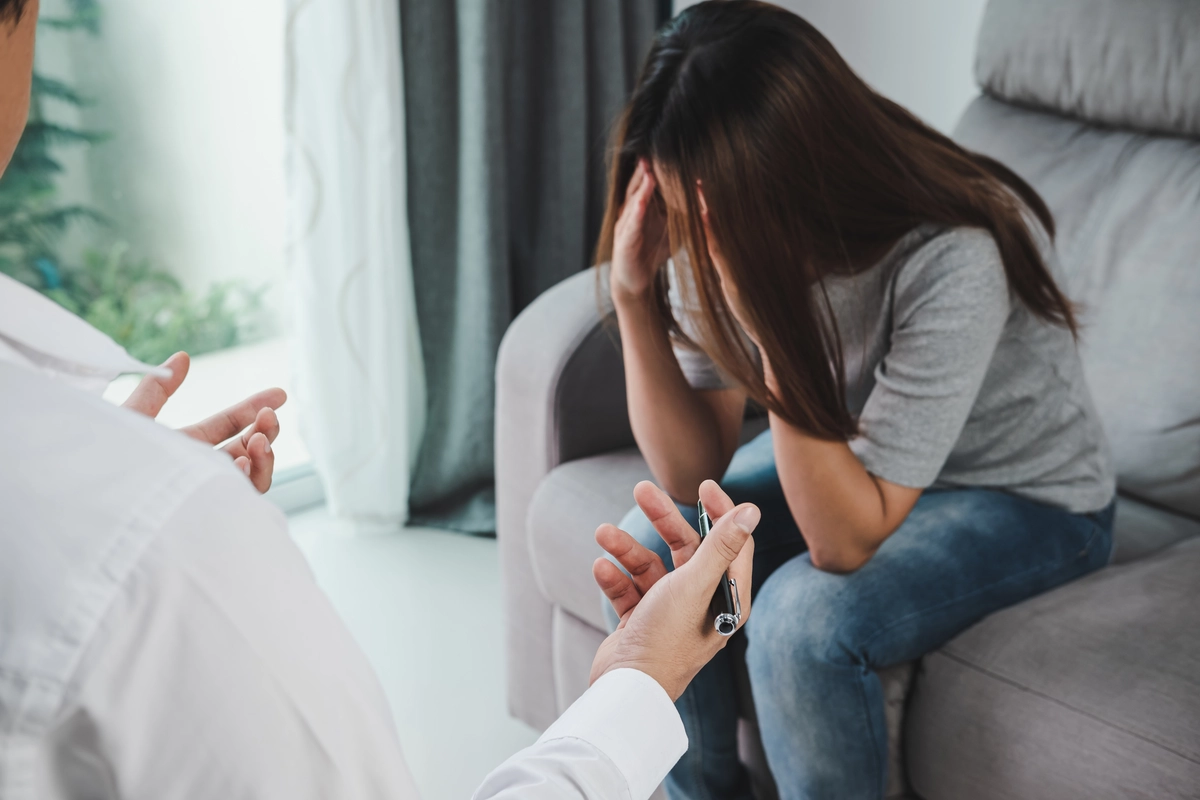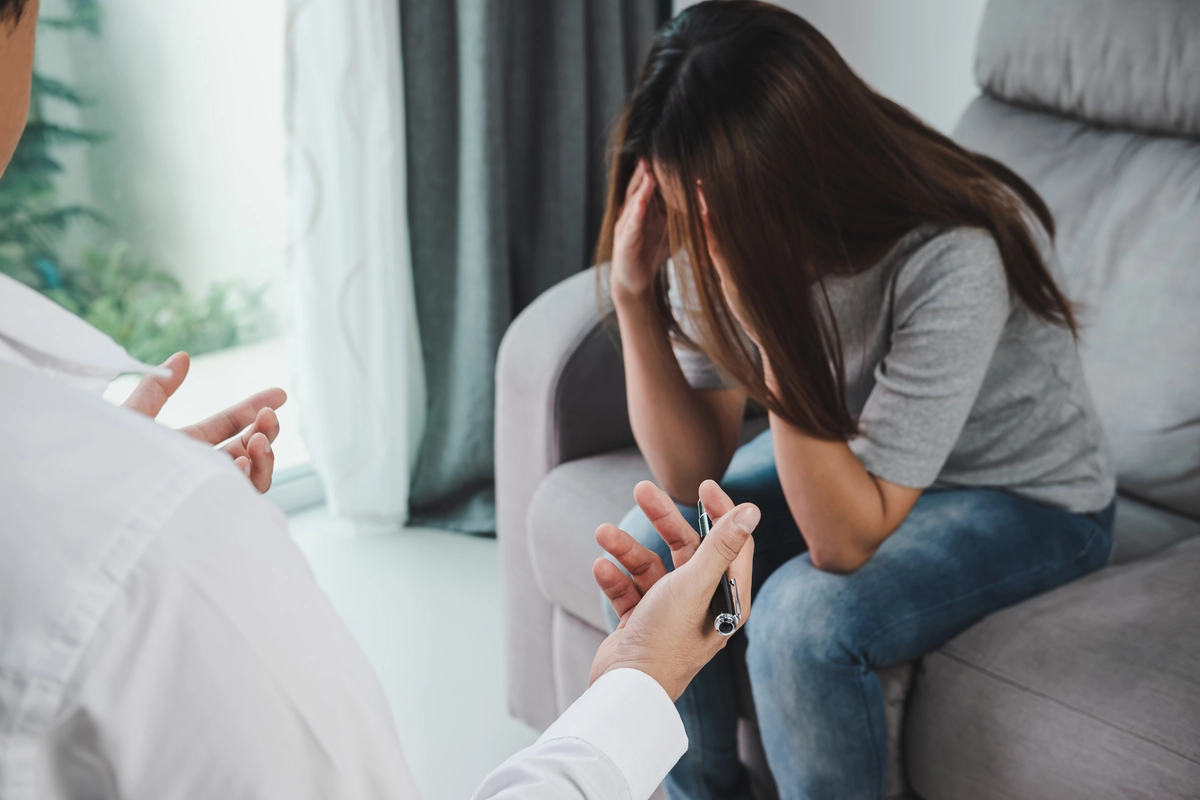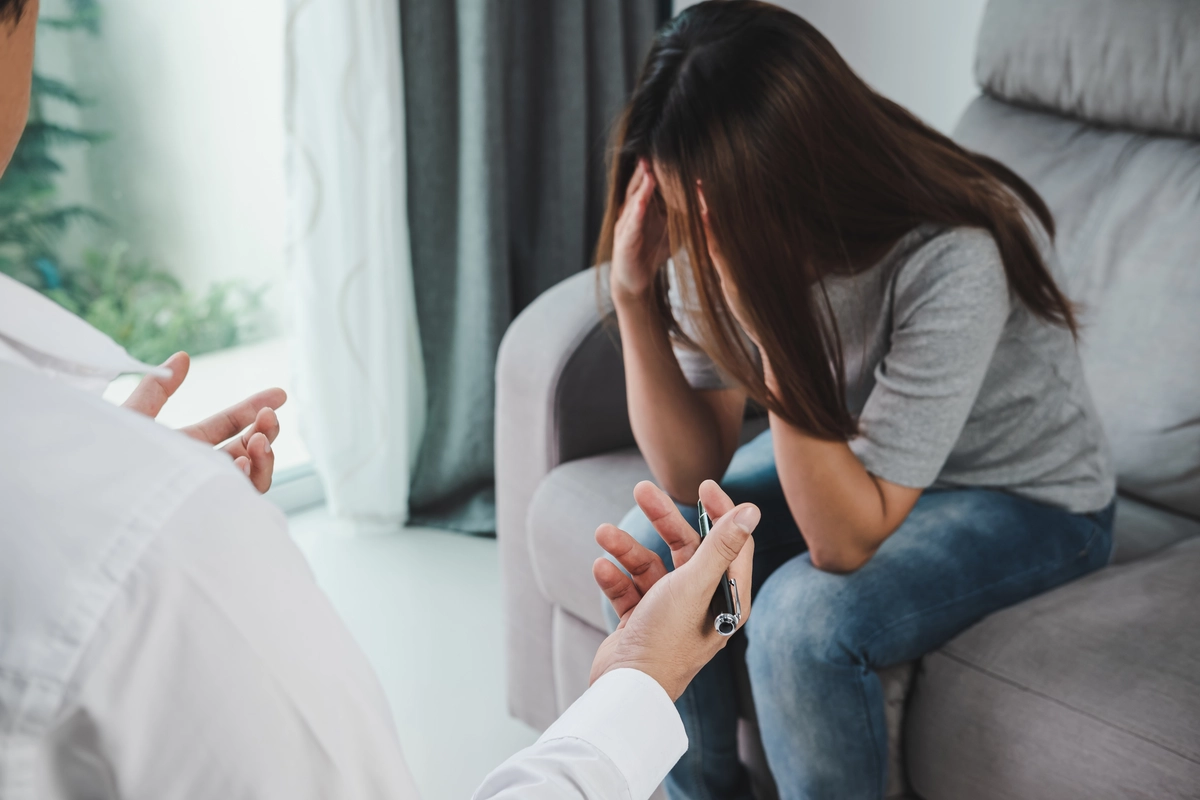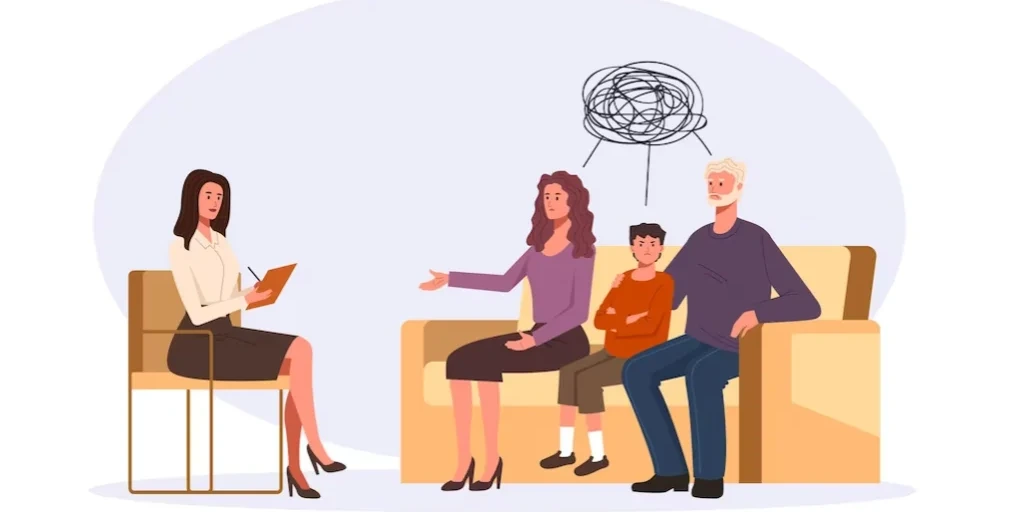24/7 Helpline:
(866) 899-221924/7 Helpline:
(866) 899-2219
Learn more about Eating Disorder Treatment centers in Kenai Peninsula County
Eating Disorder Treatment in Other Counties

Other Insurance Options

Meritain

PHCS Network

CareFirst

AllWell

Self-pay options

ComPsych

Providence

Kaiser Permanente

Health Net

GEHA

Excellus

Molina Healthcare

Covered California

United Health Care

Aetna

Humana

Regence

Ceridian

Lucent

Choice Care Network

Serenity House Behavioral Health Services
Serenity House Behavioral Health Services is a private rehab located in Soldotna, Alaska. Serenity H...

Kenaitze Indian Tribe – Dena’ina Wellness Center
Kenaitze Indian Tribe- Dena’ina Center in Kenai, Alaska offers alcohol and drug rehab services to me...

Ninilchik Traditional Council
Ninilchik Traditional Council offers outpatient mental and behavioral health care for youth and adul...

CICADA Kenai Office
CICADA Kenai Office, located in Kenai, Alaska, offers outpatient mental health and addiction recover...

Seaview Community Services
SeaView Community Services, located in Seward, Alaska, provides comprehensive, 12-Step addiction rec...

Serenity House
Serenity House Offers alcohol and drug rehab services to men and women. The Soldotna, Alaska locatio...

Southwest Arkansas Counseling and Mental Health Center – 20th Street
Southwest Arkansas Counseling and Mental Health Center – 20th Street is a private rehab located in H...

Centennial Mental Health Center
Centennial Mental Health Center is a private rehab located in Sterling, Colorado. Centennial Mental ...

Lutheran Social Services
Lutheran Social Services is a non-profit rehab located in Sterling, Illinois. Lutheran Social Servic...

Sinnissippi Centers – Sterling Apartments
Sinnissippi Centers - Sterling Apartments is located north of downtown and provides easy access to t...

Hope Hill Youth Services – Family Connection
Hope Hill Youth Services – Family Connection is a private rehab located in Hope, Kentucky. Hope Hill...

Blue Valley Behavioral Health
Blue Valley Behavioral Health is an outpatient treatment facility that provides behavioral health se...

Nakenu Family Center
Nakenu Family Center, located in Kenai, Alaska, offers mental and behavioral health care for America...

South Peninsula Behavioral Health Services
South Peninsula Behavioral Health Services provides comprehensive mental health and addiction recove...

AA – Alcoholics Anonymous
Alcoholics Anonymous (AA) is a 12 step-focused, community-based addiction recovery program for youth...

AA – Alcoholics Anonymous
AA - Alcoholics Anonymous in Seward, Alaska is a 12-Step addiction recovery program for youth and ad...

Wildwood Alpha ReEntry Initiative
Wildwood Alpha ReEntry Initiative provides mental health and addiction recovery services for justice...

Alcohol Safety Program
Alcohol Safety Action Program (ASAP) in Kenai, Alaska, provides prevention, education, and recovery ...

CICADA Homer Office
CICADA Homer Office, in Homer, Alaska, offers outpatient mental health and addiction recovery servic...

Riverview Behavioral Health
Riverview Behavioral Health is a private rehab located in Hope, Arkansas. Riverview Behavioral Healt...

Southwest Arkansas Counseling and Mental Health Center – Hope
Southwest Arkansas Counseling and Mental Health Center is a private rehab located in Hope, AR. South...

Wadley Regional Medical Center – Behavioral Health
Wadley Regional Medical Center – Behavioral Health is a private rehab located in Hope, Arkansas. Wad...

Preferred Family Healthcare
Preferred Family Healthcare - East 3rd Street offers outpatient services for individuals with a ment...

High Plains Counseling
High Plains Counseling is a private rehab located in Sterling, Colorado. High Plains Counseling spec...

Sunrise Recovery Center
Sunrise Recovery Center is a private rehab located in Sterling, Colorado. Sunrise Recovery Center sp...

AA – Alcoholics Anonymous – Club
AA – Alcoholics Anonymous – Club is a non-profit rehab located in Sterling, Colorado. AA – Alcoholic...

1st Alliance Treatment Services
1st Alliance Treatment Services is located in Sterling, Colorado. 1st Alliance Treatment Services pr...

Loudoun County Mental Health Center
Loudoun County Mental Health Center is a public rehab located in Sterling, Virginia. Loudoun County ...

AA – Alcoholics Anonymous – Stepping Stones Men’s Group
AA – Alcoholics Anonymous – Stepping Stones Men’s Group is a non-profit rehab located in Sterling, V...





























































































































